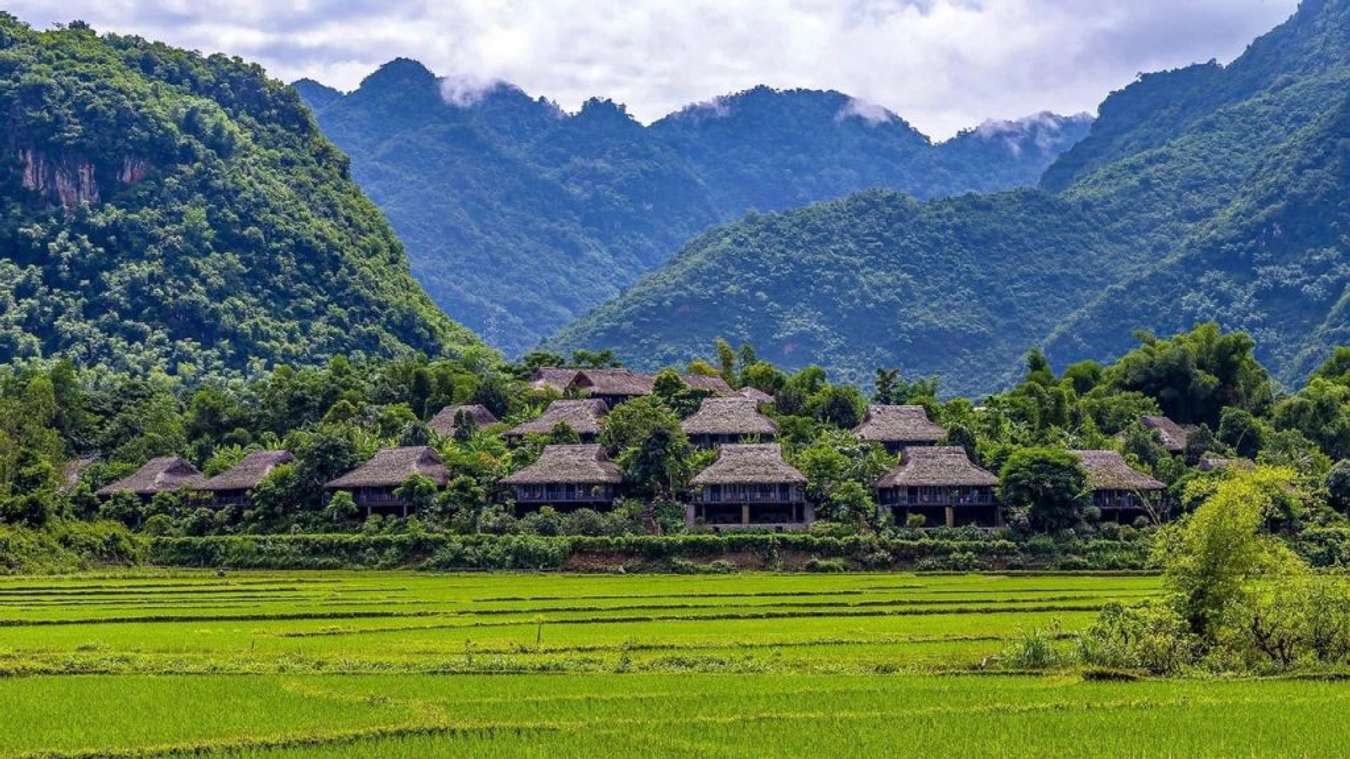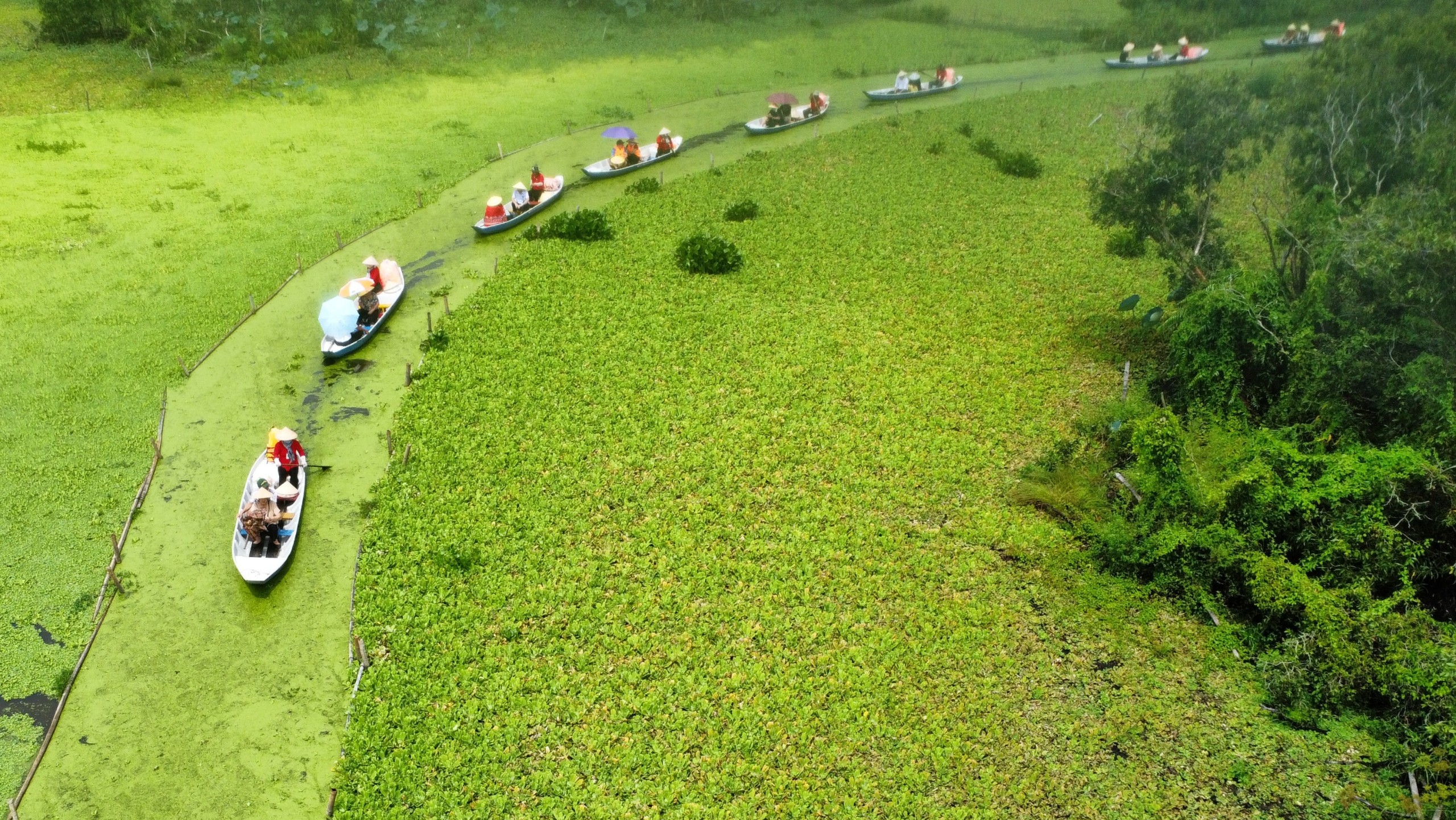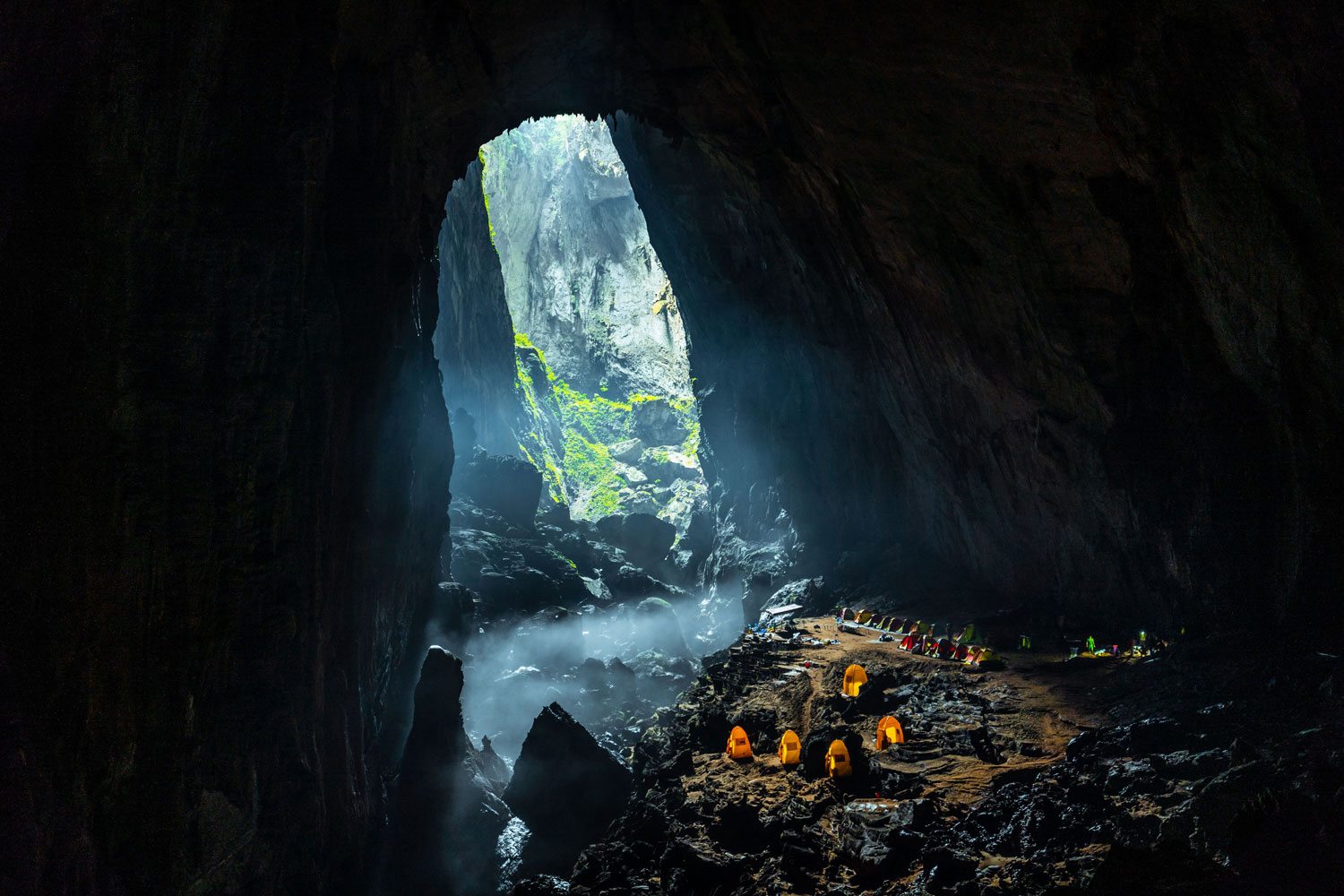Hue, the former imperial capital of Vietnam, is a city steeped in history and culture. Home to the magnificent Imperial City, a UNESCO World Heritage site, as well as a collection of royal tombs, pagodas, and temples, Hue offers a fascinating glimpse into Vietnam’s royal past. This guide will help you explore the city’s rich heritage and discover its most iconic attractions.
A City of Emperors
Hue was the capital of the Nguyen Dynasty, the last imperial dynasty of Vietnam, from 1802 to 1945. The city’s architecture, cuisine, and culture are all heavily influenced by its royal past. The Perfume River flows through the heart of the city, dividing it into the northern and southern banks. The northern bank is home to the Imperial City, while the southern bank is where you’ll find the city’s modern commercial district.
Exploring the Imperial City

The Imperial City, a vast complex of palaces, temples, and gardens, was the former home of the Nguyen emperors. The city is surrounded by a moat and a massive wall, and it’s divided into two main parts: the Imperial City and the Forbidden Purple City. The Forbidden Purple City was the exclusive domain of the emperor and his family, and it was strictly off-limits to everyone else.
Key Attractions:
Ngo Mon Gate: The main entrance to the Imperial City, a magnificent gate with five entrances.

Thai Hoa Palace: The main throne room of the Imperial City, where the emperor would hold important ceremonies and receive foreign dignitaries.

The Mieu: A temple dedicated to the Nguyen emperors, where you can see the altars of the dynasty’s 10 emperors.
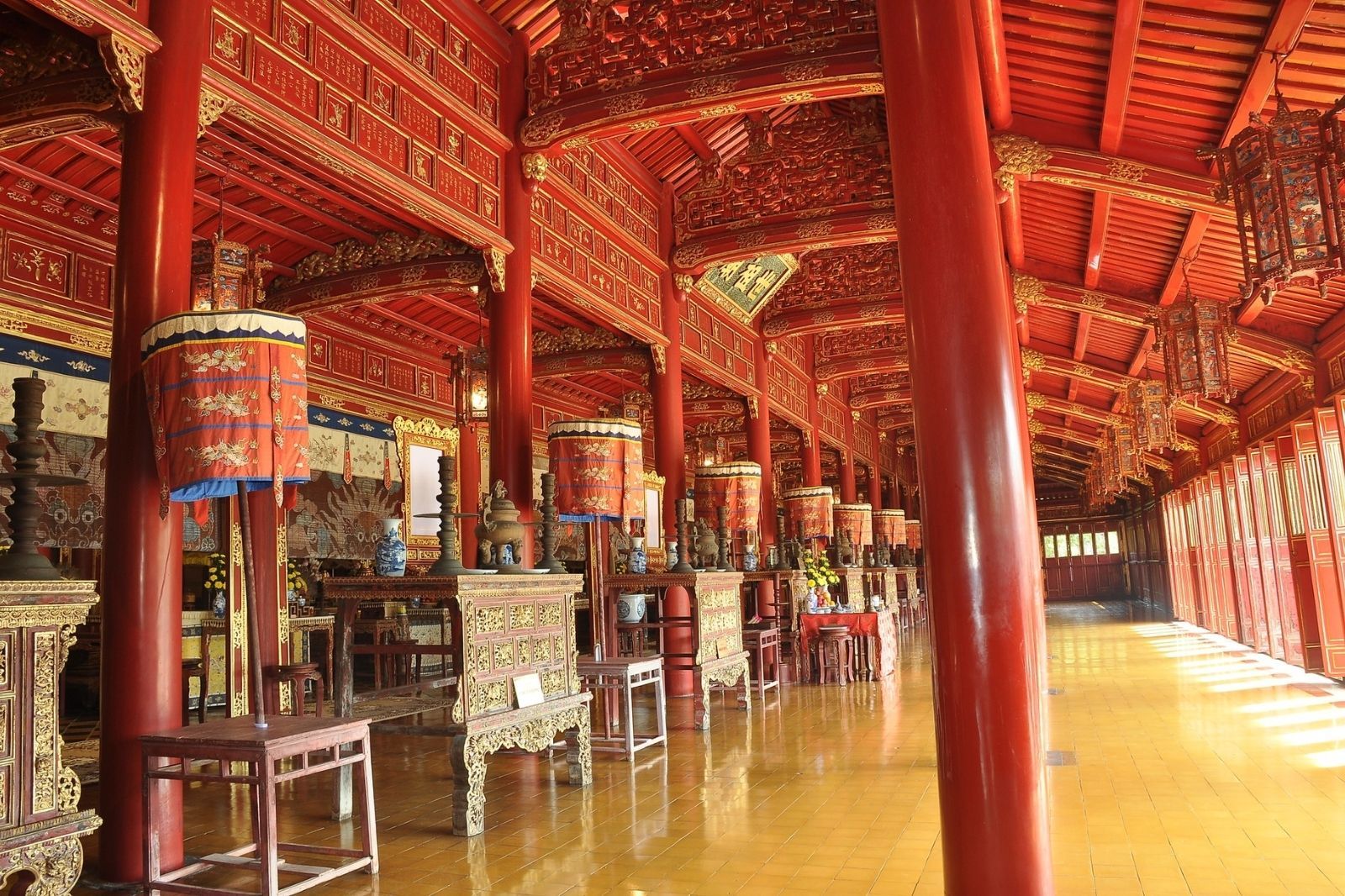
Forbidden Purple City: The residential area of the emperor and his family, which was largely destroyed during the Vietnam War but is now being restored.
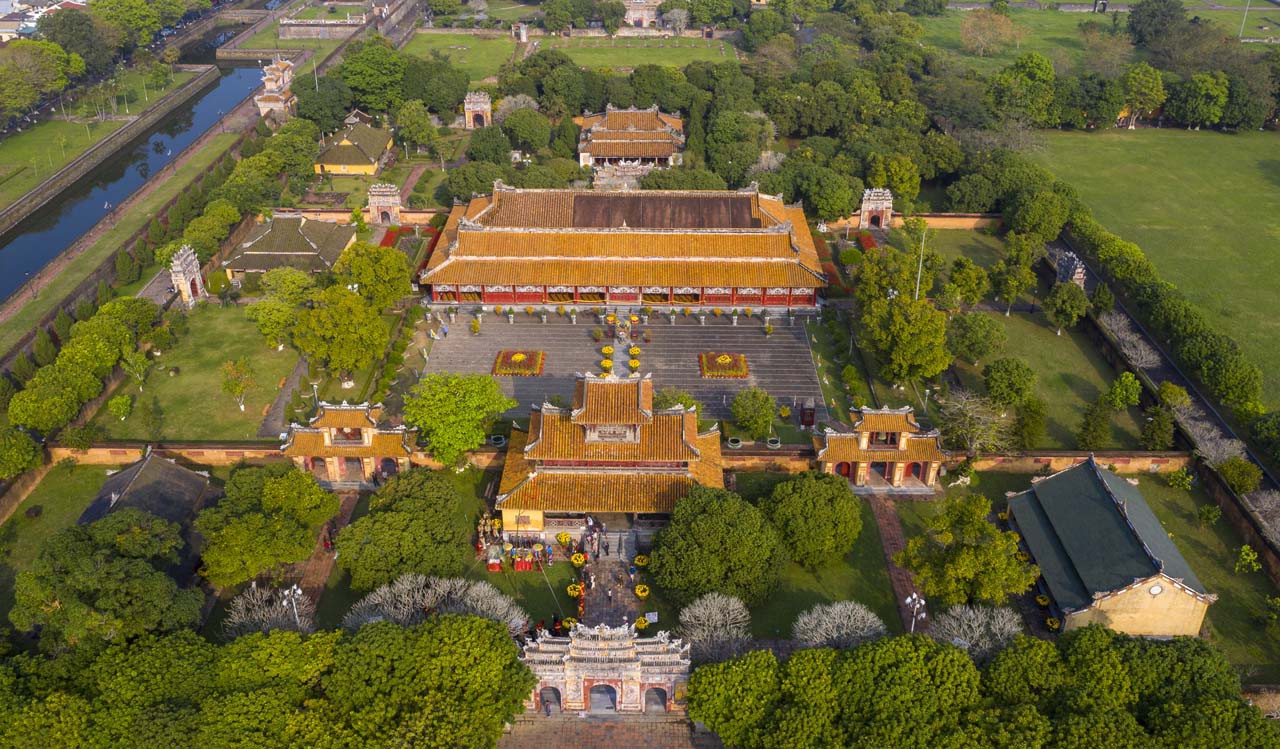
The Royal Tombs
The Nguyen emperors built elaborate tombs for themselves on the outskirts of Hue. Each tomb is a unique architectural masterpiece, and a visit to the tombs offers a fascinating glimpse into the lives and beliefs of the emperors.
Tomb of Minh Mang: A majestic tomb that is known for its beautiful architecture and serene setting.

Tomb of Tu Duc: A sprawling complex of palaces, temples, and gardens that was designed by the emperor himself.

Tomb of Khai Dinh: A unique tomb that is a blend of Vietnamese and European architectural styles.
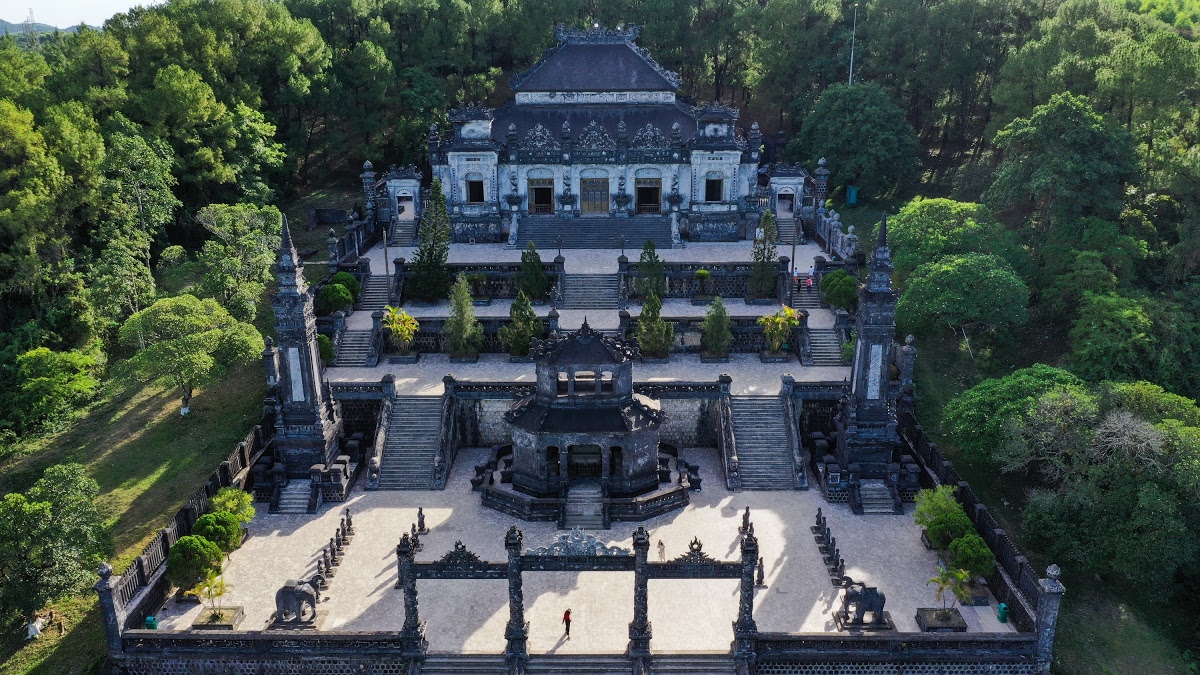
Hue’s Royal Cuisine
Hue is famous for its royal cuisine, which is known for its delicate flavors and elaborate presentation. Here are some of the most famous dishes:
Bun Bo Hue: A spicy beef noodle soup that is a specialty of Hue.
Banh Beo, Banh Nam, and Banh Loc: A variety of steamed rice cakes that are served with a variety of toppings.
Com Hen: A dish of rice with clams, a popular local specialty.

Conclusion
Hue is a city that will transport you back in time to the days of Vietnam’s emperors. With its rich history, beautiful architecture, and delicious cuisine, Hue is a destination that should not be missed. So come and explore the royal past of Vietnam in the charming city of Hue.



